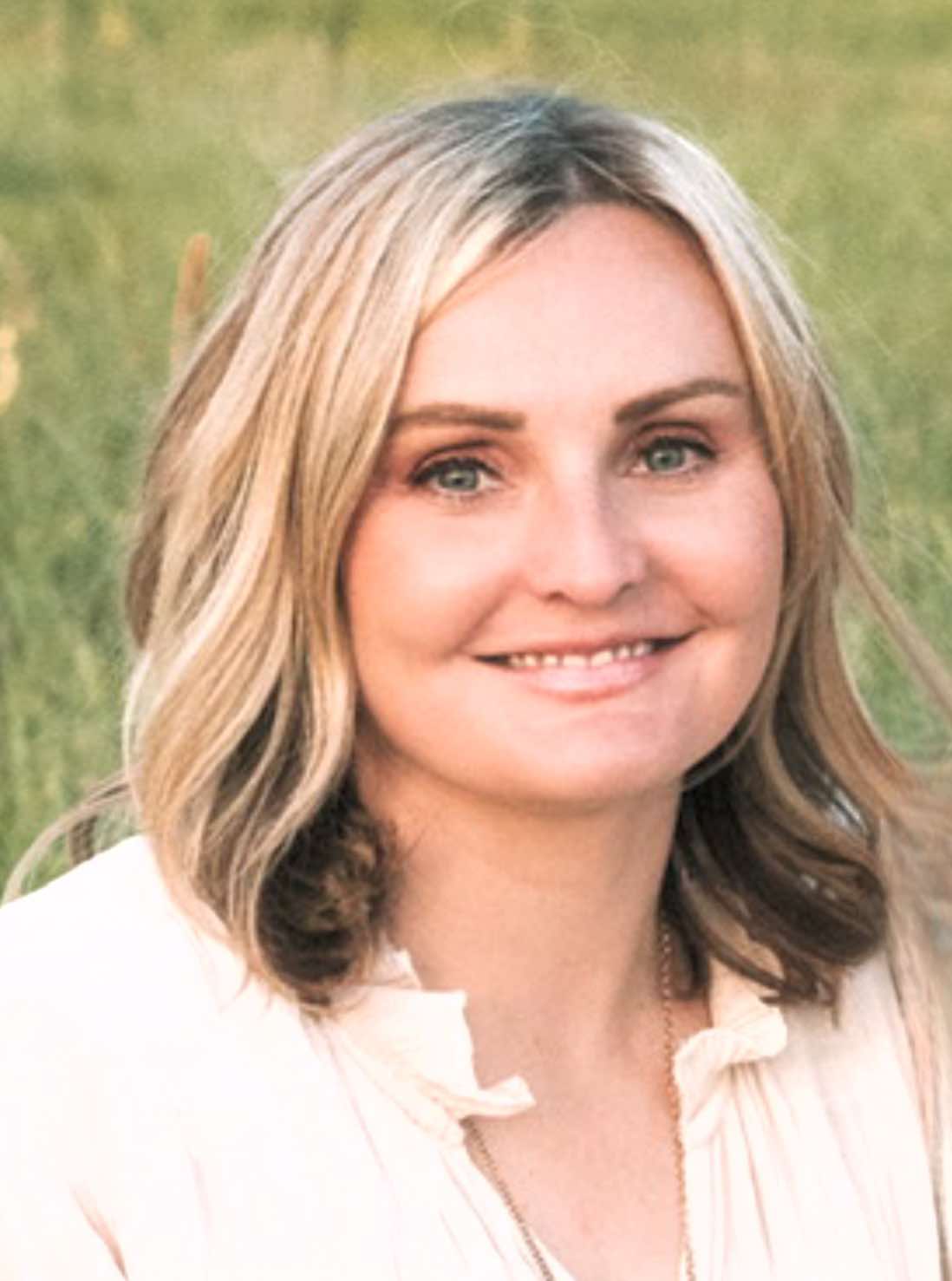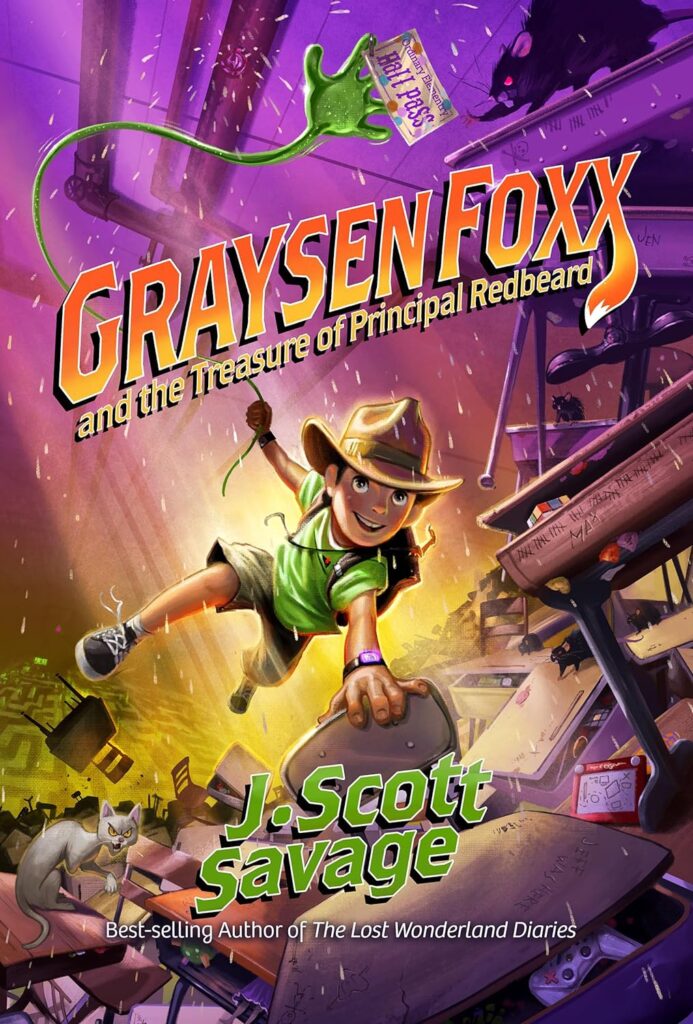With LDSPMA coming up this week, many of us are looking forward to the classes, keynotes, and interactive sessions—which include pitching! Pitching is an incredible opportunity to chat with an editor or agent about your work and can frequently lead to opportunities for representation and publishing.
But pitching can also be incredibly scary and super intimidating. You’re putting yourself out there and sharing what’s in your heart that you’ve been working on for years. So many worries and fears can fill your brain: Will the agent/editor even like it? What if you say something wrong? What if you never find a home for your book? What if the fire alarm goes off in the middle of your pitch and you’ll never get to finish what you started?
Well, I’m here to reassure you that it’s unlikely the fire alarm will go off, and while it can be scary, pitching is not the end of the world. As someone who has pitched at multiple conferences, I know it can be overwhelming, especially your first time. But there are things you can do to make pitching a positive experience—and increase your chances of landing that dream publisher! So, without further ado, here are the five P’s to pitching.
1. Prepare
The first thing to remember is that you need to prepare for your pitch. This awesome article gives you plenty of resources to help you prepare and walks you through how to build your pitch. As part of preparing, you need to give yourself time to focus on your story to distill it into your three-minute pitch. Write everything out (your hook, your synopsis with the stakes, your comparable titles, and your author bio) and then print it. You can just read your pitch at the conference—that’s totally acceptable. Just make sure to print off two copies—one for yourself that you can mark up, and one for the agent/editor to give them if they ask.
2. Practice
Once your pitch is written out and ready to go, practice saying it, and practice with a timer to make sure you’re staying within your allotted three minutes. Practice in front of the mirror, practice with your spouse or children, and practice with your dog, too. Go over it as many times as you need to so that you’re comfortable reading it in the time you have. If you need to write yourself reminders in your pitch such as “pause here for effect,” “breathe after this sentence,” or “eye contact here,” do so and then practice those cues. You want it to be well-rehearsed—but not perfect. (Notice that “perfect” is not one of these five P’s!)
3. Presentation
The day of your pitch, you want to dress for success. This doesn’t mean you need to be super formal like you’re going to a dance, but you should dress professionally and on-brand for your book. If you’re writing fantasy, maybe dress in something a little more whimsical, like a cute nature dress, or a fun plaid jacket with nice slacks. If you’re writing middle-grade horror, maybe don a leather jacket if that’s part of your brand. If you wear makeup regularly, then do your makeup for your pitch. If you’re someone who never wears makeup, then don’t. You want to feel professional, but you also want to feel like yourself. I’ve worn penguin earrings to pitch my book because they’re on-brand for me and my stories, and they make me feel happy and comfortable. Dress for success, but also dress comfortably to best represent yourself and your book to the agent/editor you’re pitching to.
4. Pacing
Because you’ve practiced your pitch, you know how long it’ll take. But here’s a little secret: we all speak way too fast when we’re nervous. Every single time I’ve pitched, I speak too fast because it’s nerve-racking and exciting to put yourself out there. That’s why practicing beforehand is so helpful. You know exactly how long it’ll take you to read your pitch, so give yourself permission to slow down. If you need to write yourself a reminder on your pitch, do that too. Slowing down also helps calm your racing heart, making it easier to say the words. And don’t worry—agents/editors are humans too, and they totally get being nervous. Many of them teach classes for their job, which can put them out of their comfort zone too.
5. Patience
I know, patience can stink. But here’s the thing: not every agent/editor you pitch to is going to be the best fit for you or your manuscript. You’re interviewing them just as much as they are interviewing you. If they say no, which happens, don’t give up. If they say yes, but then later reject your manuscript, that’s okay too. Publishing is constantly changing, and while your story may be pristine and polished, it may not be the right publisher or the right time. Don’t be afraid to try again and pitch at a different conference to a different agent/editor.
That’s it! Remember to follow the five P’s by preparing, practicing, presenting yourself well, pacing yourself as you pitch, and practicing patience with both yourself and the agent/editor you’re presenting to. And remember, at the end of the day, even if they don’t accept your book, you still took a brave step forward into the unknown, and that is praiseworthy.










